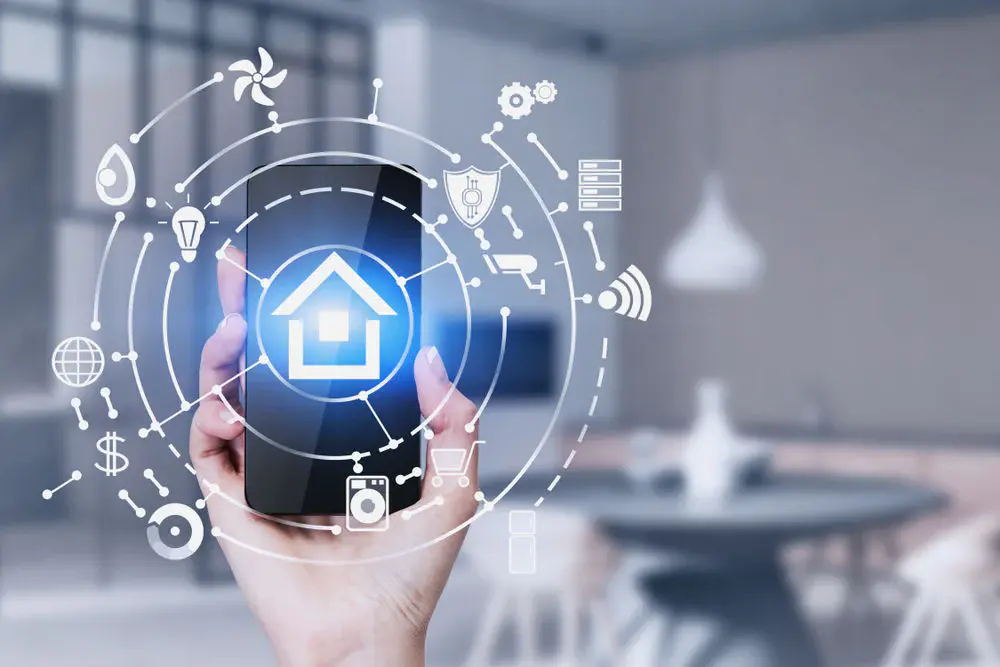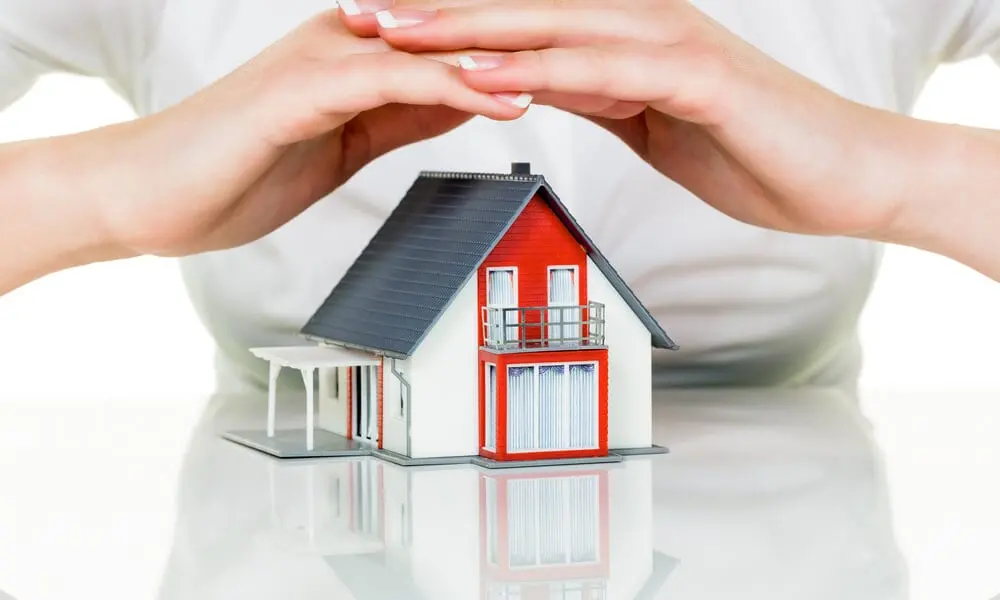
What is Smart Home Automation?
Smart home automation refers to the use of Internet-connected devices and systems to control various functions in a home, such as lighting, heating, cooling, security, and entertainment. These devices communicate with each other and can be managed remotely via smartphones, tablets, or voice-controlled assistants like Amazon Alexa, Google Assistant, or Apple HomeKit. The goal of smart home automation is to increase convenience, improve energy efficiency, and provide greater control over the environment in your home.
Key Benefits of Smart Home Automation
- ConvenienceImagine being able to adjust your thermostat, turn on the lights, or lock the doors from the comfort of your couch or while away on vacation. Smart home systems allow you to control all of your connected devices from a single interface, making day-to-day life easier and more convenient. Many systems also support voice commands, enabling hands-free operation.Example: Use voice commands to dim the lights, play your favorite music, or set the thermostat to a preferred temperature, all without lifting a finger.
- Energy EfficiencyOne of the most compelling reasons to invest in smart home automation is energy savings. Smart thermostats, lighting systems, and appliances can automatically adjust their usage based on your habits, ensuring that energy is used efficiently and waste is minimized. Smart systems can learn your preferences over time and adjust settings for maximum efficiency.Example: A smart thermostat like the Nest Learning Thermostat can adjust the temperature based on your schedule, saving energy when you're not home and ensuring comfort when you return.
- Enhanced SecurityHome security is one of the primary concerns for many homeowners. With smart security systems, you can monitor your home in real-time from anywhere, receive alerts if suspicious activity is detected, and even control access to your home remotely. Smart cameras, doorbell cameras, motion detectors, and smart locks make it easier than ever to protect your home and loved ones.Example: A smart doorbell camera like Ring allows you to see who’s at the door via your smartphone, even when you're not home. You can talk to visitors, grant access, or record footage for later review.
- Improved Home ComfortSmart home devices can help create a personalized living environment. For example, smart lighting systems can adjust the brightness and color of lights according to your mood, while smart speakers can provide background music, weather updates, or even assist with daily tasks. These small changes can significantly improve the comfort and atmosphere of your home.Example: Smart bulbs like Philips Hue can change colors and brightness, setting the perfect ambiance for any occasion, whether you're hosting a dinner party or winding down after a long day.
- Remote Control and AutomationSmart home systems allow you to automate everyday tasks, making your home work for you. You can set routines or schedules to automatically control devices based on time, motion, or other triggers. Whether you’re away on vacation or just relaxing at home, you can have peace of mind knowing that your devices are operating as scheduled.Example: Set your lights to turn on automatically at sunset or schedule your coffee maker to start brewing in the morning before you even get out of bed.
Popular Smart Home Devices
- Smart ThermostatsSmart thermostats, such as the Nest Learning Thermostat or Ecobee, offer advanced features like learning your schedule, adjusting temperatures based on occupancy, and saving energy. These devices can help lower utility bills by reducing heating and cooling when you're not home.Key Benefits: Energy savings, remote control, scheduling, learning algorithms.
- Smart LightingSmart bulbs, like Philips Hue or LIFX, allow users to control the brightness, color, and timing of their home’s lighting remotely. They can also be integrated into other smart systems to create automated lighting schedules and scenes.Key Benefits: Customizable lighting, energy-efficient, remote control, mood-setting.
- Smart Security CamerasRing, Arlo, and Nest Cam are popular options for monitoring your home with live video feeds, motion detection, and video recording. These cameras can send alerts to your phone if they detect unusual activity, providing real-time surveillance.Key Benefits: Remote monitoring, motion detection, cloud storage, two-way audio.
- Smart LocksSmart locks like August and Schlage allow you to lock and unlock your door remotely, provide temporary access to guests, and monitor entry activity. These locks can be controlled through your smartphone or a voice assistant and eliminate the need for physical keys.Key Benefits: Remote access, keyless entry, temporary codes for guests, activity tracking.
- Smart SpeakersAmazon Echo (Alexa), Google Nest Audio, and Apple HomePod are examples of smart speakers that act as hubs for your smart home devices. You can use them to control other devices, play music, set reminders, or provide information via voice commands.Key Benefits: Voice control, integration with other devices, multi-room audio.
- Smart Plugs and OutletsTP-Link Kasa Smart Plugs and Wemo Mini Smart Plugs turn ordinary devices into smart ones by allowing you to control them remotely or set schedules for when they turn on or off. These are perfect for controlling lamps, coffee makers, or other small appliances.Key Benefits: Remote control, automation, energy monitoring.
- Smart AppliancesSmart refrigerators, ovens, and washing machines from brands like Samsung and LG offer features like remote control, inventory tracking, energy monitoring, and the ability to send alerts if something goes wrong.Key Benefits: Convenience, energy savings, remote control, automated alerts.
How to Set Up a Smart Home
- Start with a HubA hub is a central device that connects all your smart devices, allowing them to communicate with each other. Popular hubs include Amazon Alexa, Google Home, and Apple HomeKit. Choose a hub that is compatible with the devices you plan to use.
- Choose Your DevicesDecide which smart home devices you want to integrate into your space. You can start small with a smart thermostat or light bulbs and gradually add more devices over time as your needs evolve.
- Ensure CompatibilityMake sure the devices you choose are compatible with your existing smart home ecosystem. For example, if you're using Amazon Alexa, ensure your smart thermostat or lights can be controlled via Alexa.
- Set Up Automation and RoutinesMost smart home systems allow you to create custom routines or schedules. For instance, you can set up a routine that adjusts the thermostat, turns off lights, and locks doors when you leave the house.
- Monitor and ControlOnce everything is set up, monitor your devices and make adjustments as needed through your smartphone or voice assistant. Many devices offer apps for easy control and automation from anywhere.
Potential Challenges of Smart Home Automation
While smart home automation brings many advantages, there are some challenges to consider:
- Security Risks: Connecting multiple devices to the internet can make your home vulnerable to hacking. Be sure to use strong passwords, enable two-factor authentication, and regularly update device firmware.
- Compatibility Issues: Not all smart devices work seamlessly with every platform. Research device compatibility before making a purchase.
- Complex Setup: While some devices are easy to install, others may require professional help to set up properly. Ensure you’re comfortable with the setup process or have assistance if needed.
Conclusion: The Future of Smart Homes
Smart home automation is changing the way we live by offering convenience, energy efficiency, and enhanced security. As technology continues to evolve, smart homes will become even more intuitive, with devices that learn our habits and anticipate our needs. Whether you're looking to make your home more efficient, secure, or simply more comfortable, smart home automation provides endless possibilities to improve your living experience. By starting with a few key devices and expanding your setup, you can create a smarter, more connected home that works for you and your family.






